By Miva | July 26, 2022
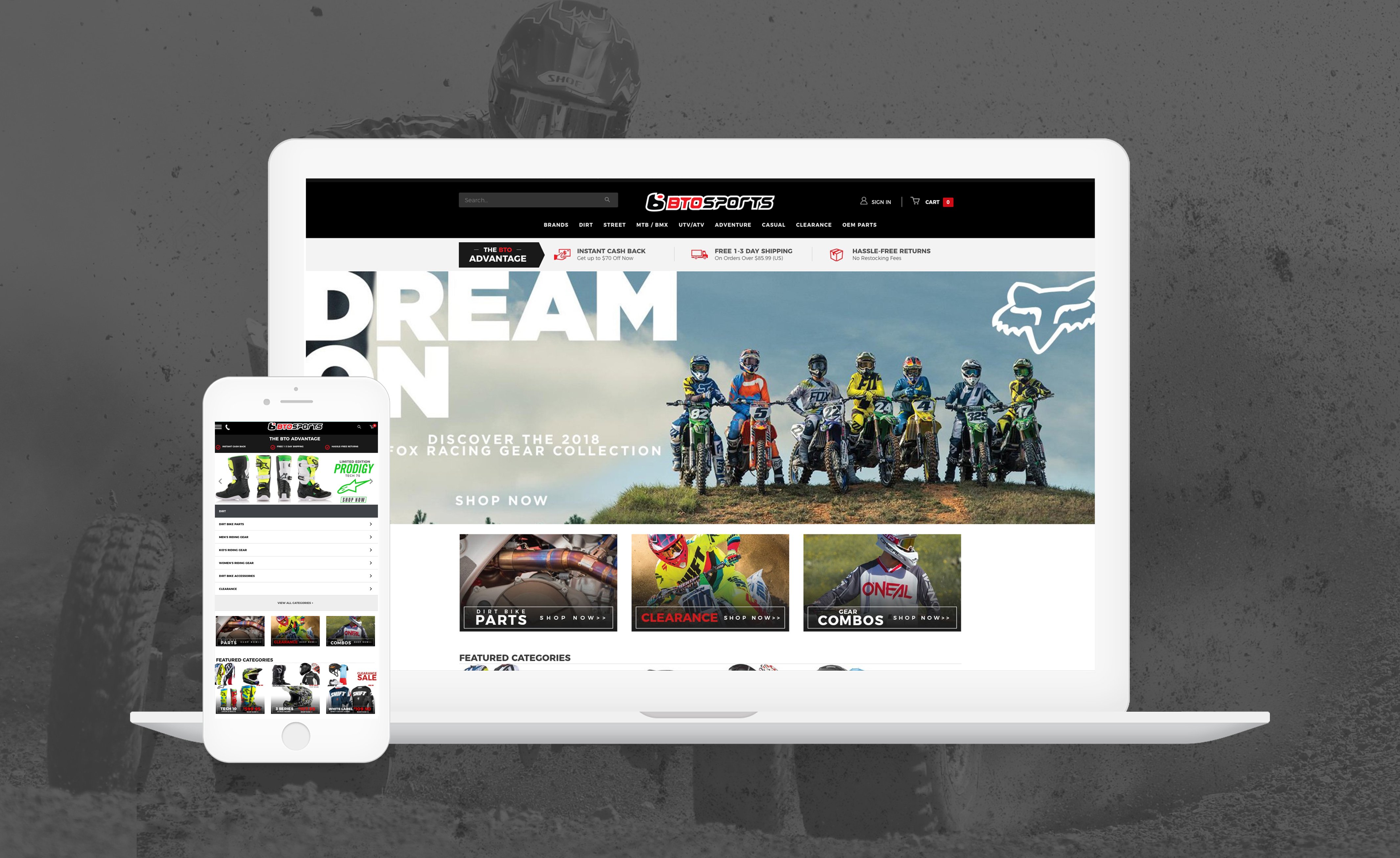
See why top ecommerce brands use Miva’s no-code platform to run
multiple stores, manage massive catalogs, and grow their revenue.
Is your automotive ecommerce website taking advantage of every opportunity to create the best shopping experience for your customers and maximize revenue for your business?
Consumers are more willing to spend time researching product options and conducting price comparisons than ever before thanks to better websites and more accurate search results. Automotive ecommerce websites are also taking additional steps to improve user experiences and differentiate themselves from their competitors.
Continue reading to discover what website components your business can incorporate into its online store to provide the best user experience possible for your customers and pull ahead of the competition.
Don’t turn away potential customers with an unattractive storefront. Leverage your automotive ecommerce website’s home page to entice users to browse for products and complete a purchase. Consumers are more likely to submit private information, like payment information, to a professional looking website over one that appears dated and lacks attention to detail.
Tip: High quality images are a must-have item in auto parts website design. Incorporate large, high-resolution banner images to showcase featured products or limited-time promotions. Your online store should match the look and feel of your brick-and-mortar branding to maintain consistency, especially for customers who are familiar with your business. Find out what web design mistakes to avoid when building the best ecommerce store.
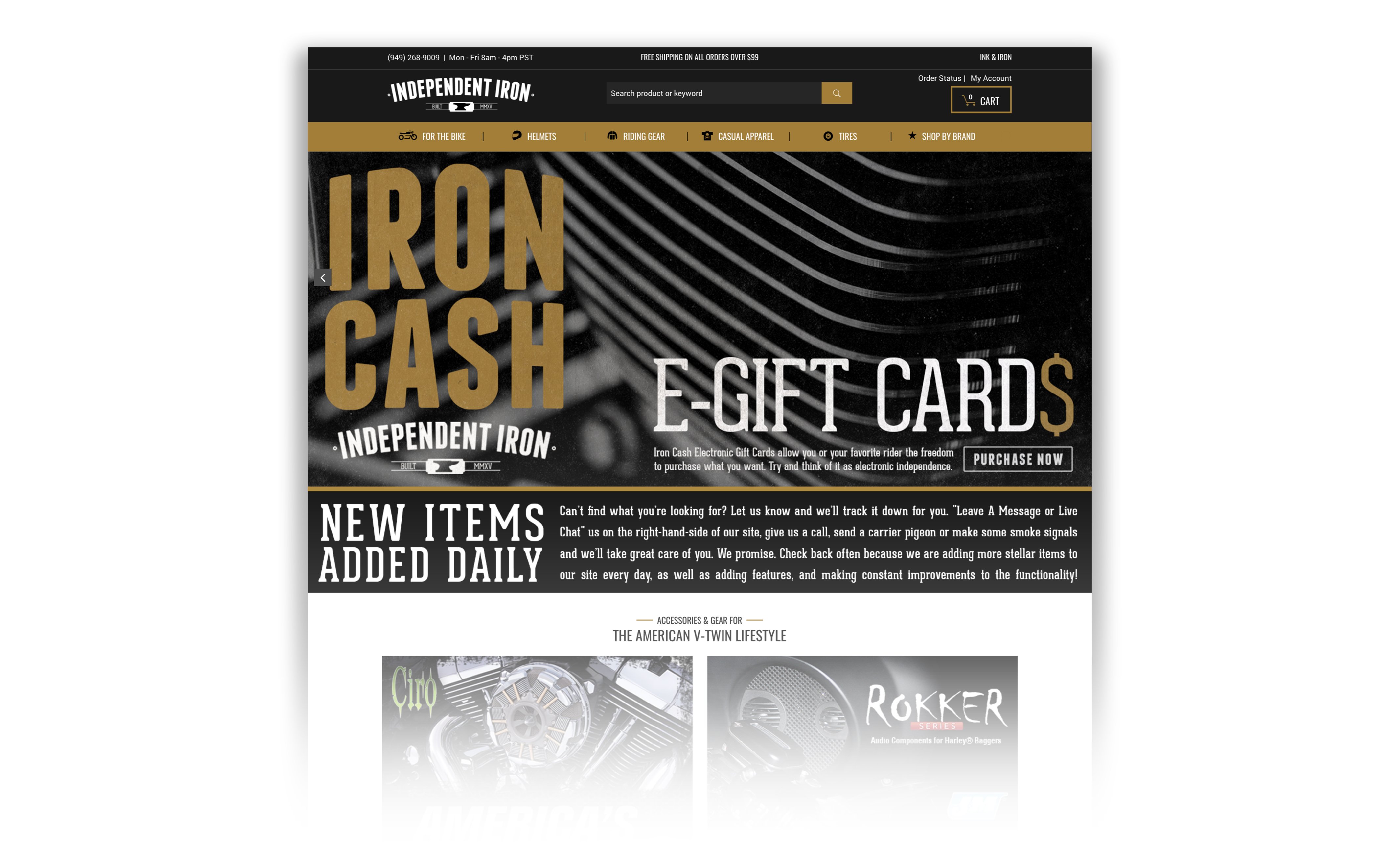
Users visiting ecommerce stores in the automotive sector probably own a specific vehicle and know exactly what parts or accessories they are shopping for. Implementing a year, make, and model lookup feature can help customers easily locate products relevant to the vehicle they own. This feature should also filter out unrelated products.
Tip: You must have adequate product data to implement this feature into your automotive ecommerce website and for it to be beneficial to customers. In other words, you must have products assigned to appropriate categories and enough products listed for sale. Miva’s latest software release now includes faceted search functionality, which is ideally suited for this particular feature.
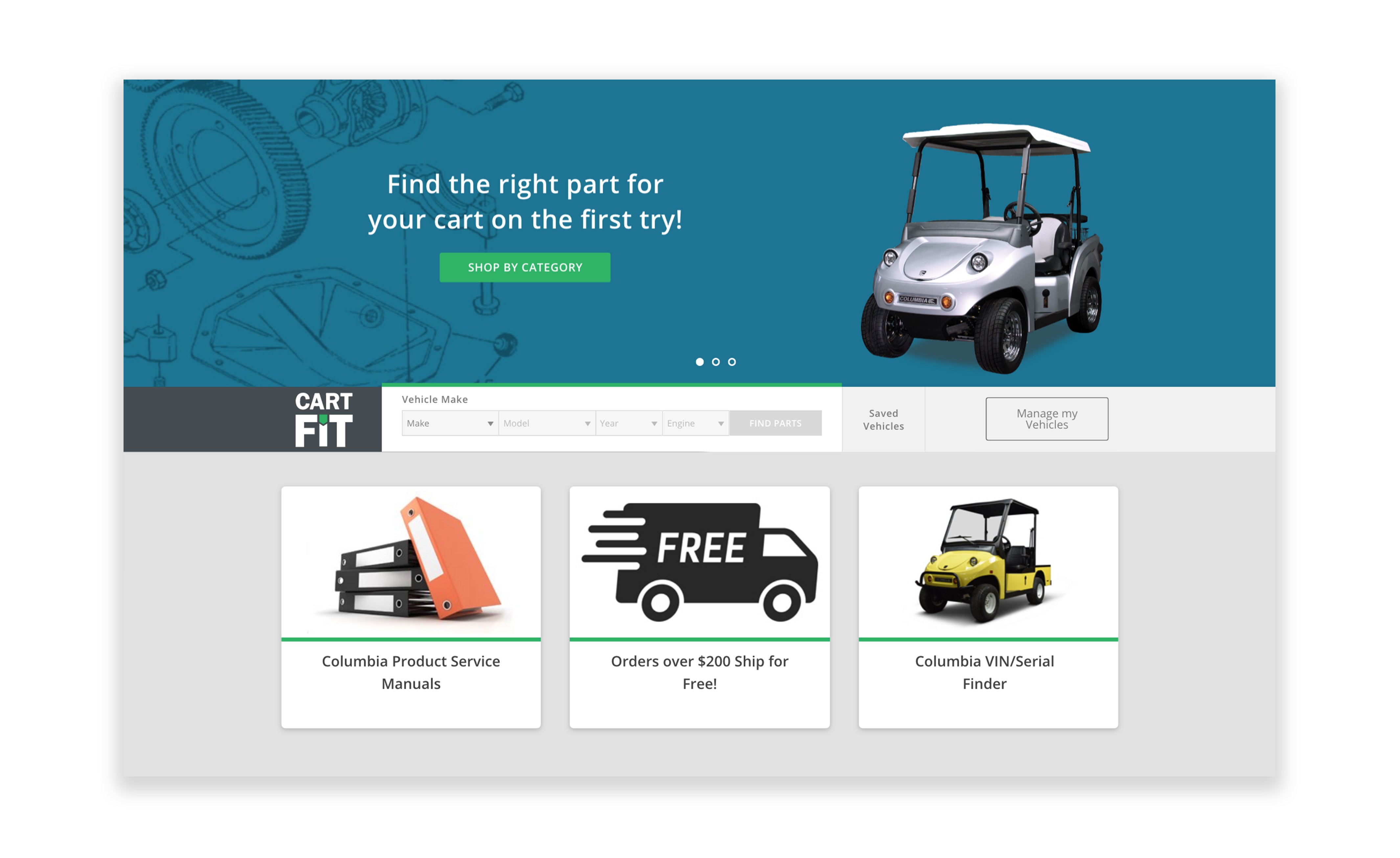
A well-organized navigation is critical to the success of an online store. The correct navigation bar should display your top level and child categories cleanly and should not require users to scroll. A fly out mega menu should be used for businesses with extensive product categories, while businesses with a smaller number of categories should use a simple drop down menu. Miva’s ReadyTheme website templates offer a variety of navigation styles to fit various sizes of product catalogs. Learn more about how to choose the right ReadyTheme for your online store.
Tip: Incorporate photos or icons in the navigation menu to help users quickly find what they are looking for. Additionally, it’s not uncommon for customers to have brand loyalty when it comes to automotive parts and gear. Provide users with the ability to shop by brand to generate more sales.
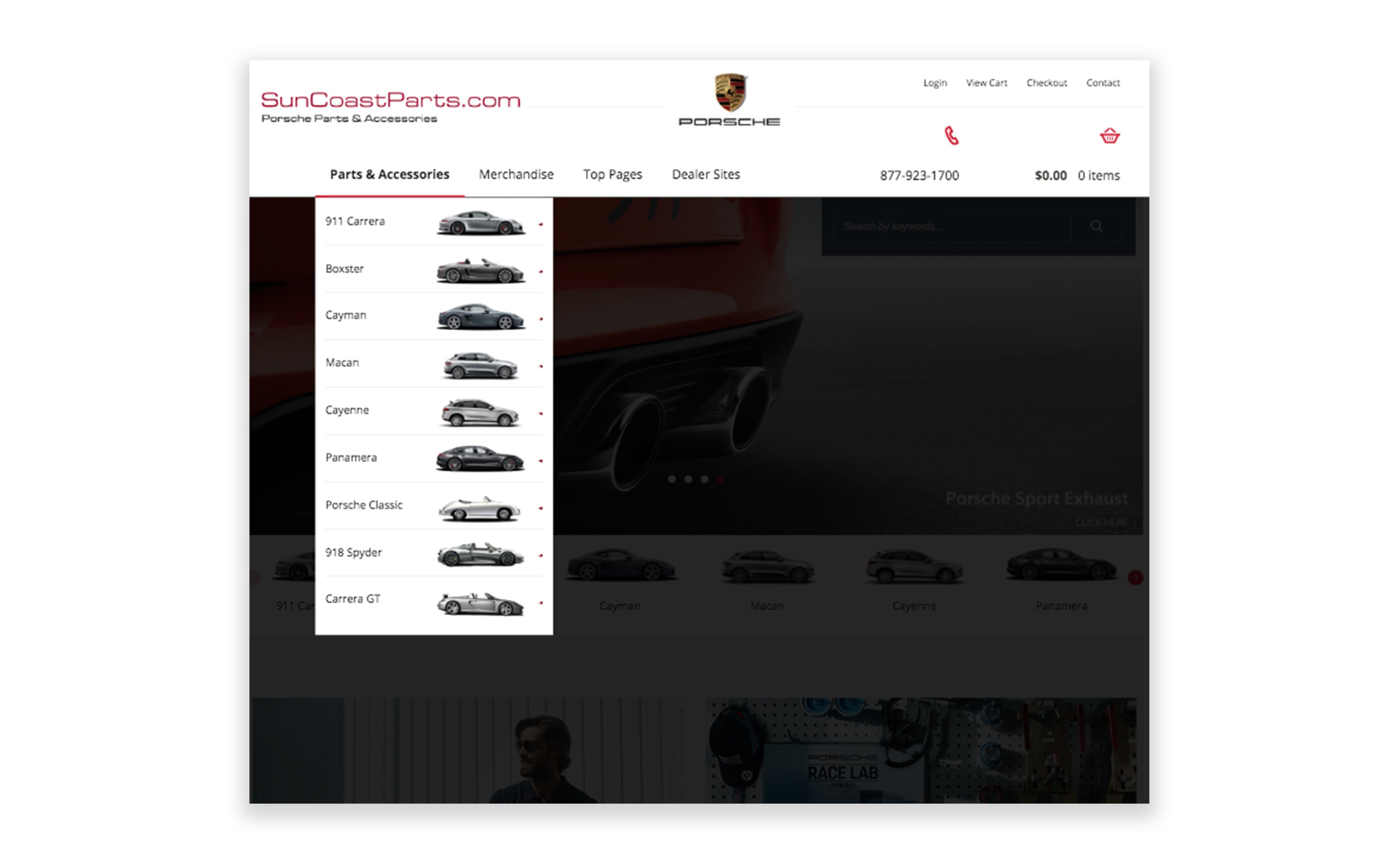
Allowing customers to search for specific products within a website is a key component of a carefully crafted user experience. A sophisticated site search will provide users with suggested search results and will return relevant products despite misspellings from users. The site search should also crawl product names, product descriptions, custom fields, etc. to find relevant data that can be displayed in the search results.
Tip: Miva recently unveiled a brand new search function that storeowners can implement to enhance the user experience. Learn more about our new native robust search functionality.
Product merchandising is best described as the process in which a business markets their products to consumers. Online stores may not have brick-and-mortar showrooms where customers can easily see the products available to them, so they must display them using key online features to make products visible to customers. Merchandising strategies can only be successful when an online store has extensive product data and available inventory. Below are four types of merchandising strategies that your automotive ecommerce website can implement to increase sales.
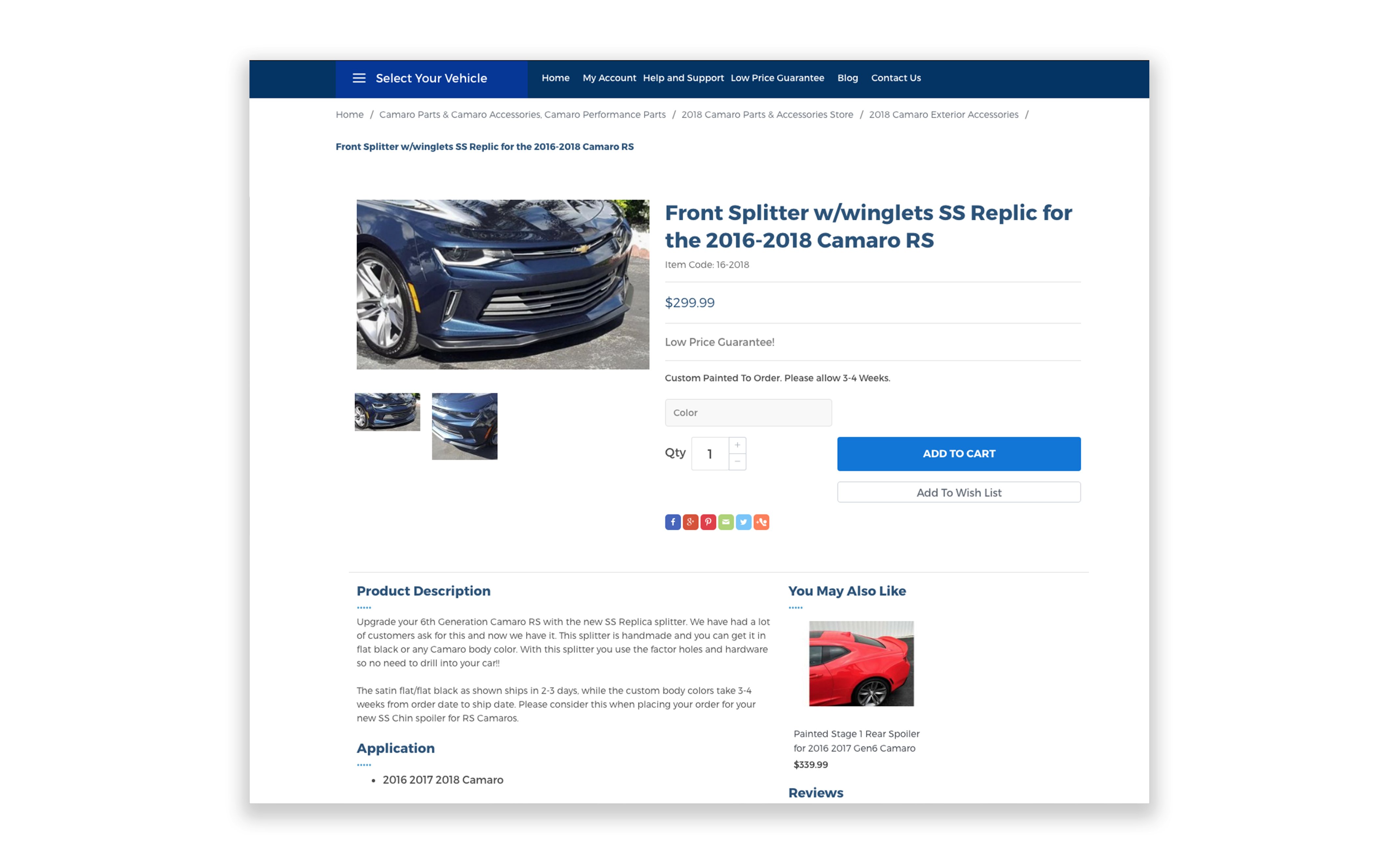
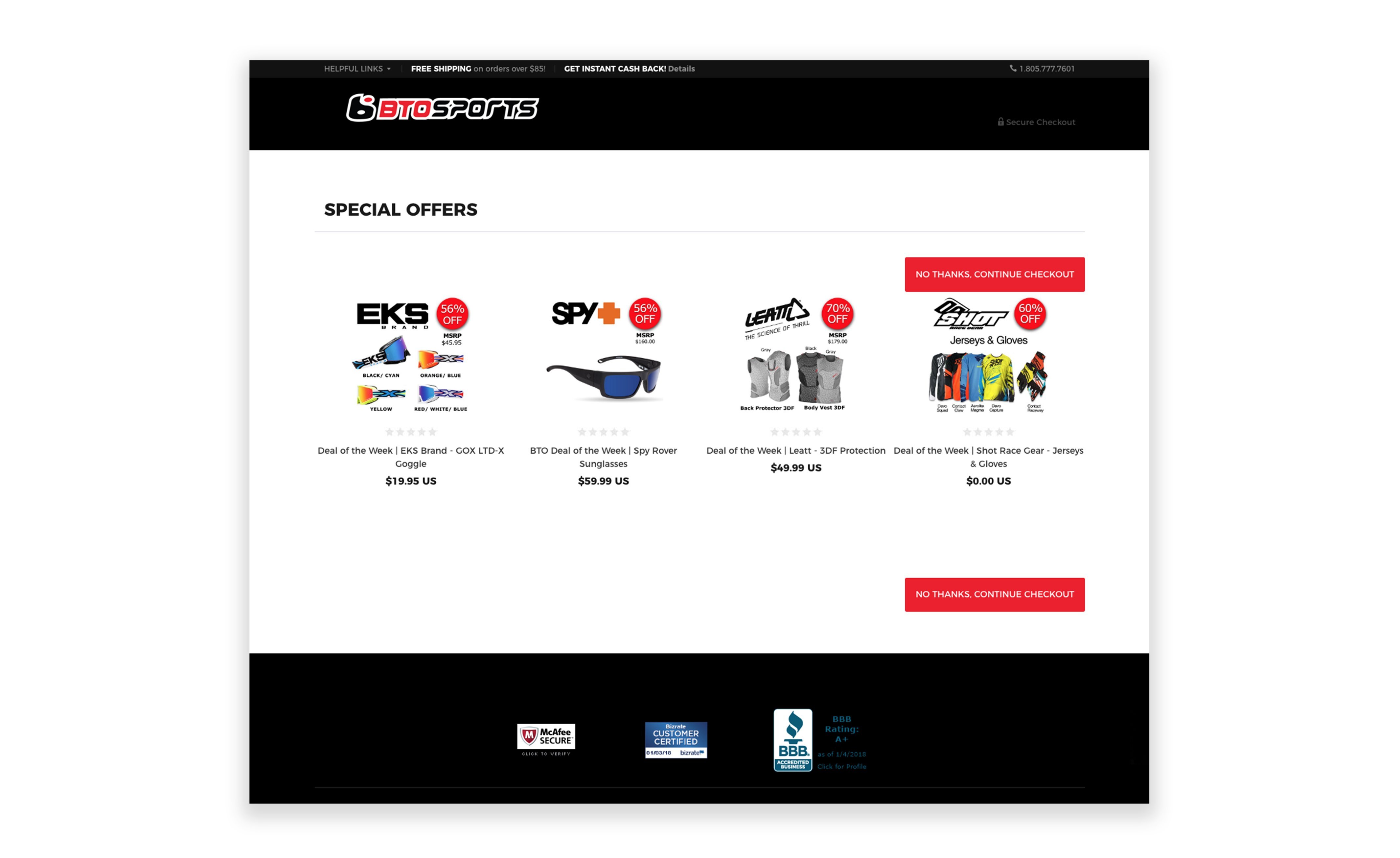
Online businesses can implement coupon offerings into their marketing efforts to encourage consumers to purchase from them instead of their competition in automotive ecommerce. Your automotive ecommerce website might consider offering some of the three coupons outlined below. Remember to execute promotions strategically to reduce the risk of devaluing your brand. Discover additional benefits coupons and promotions can bring to your online store.
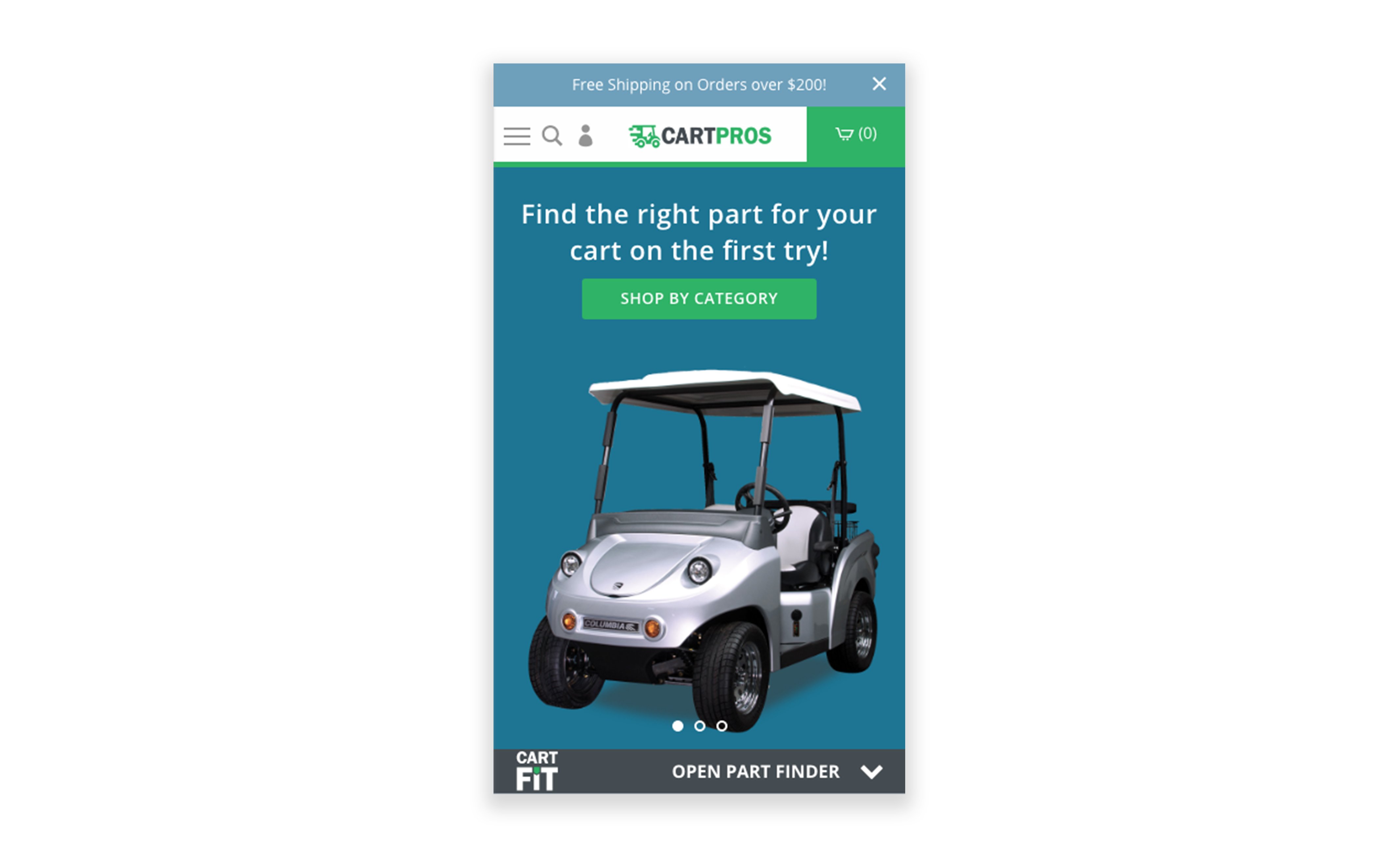
Automotive ecommerce stores should incorporate videos and other media into their website to maximize marketing efforts and engagement. Videos are shareable content that offer benefits to both merchants and customers. Educational content like tutorial videos can include step-by-step instructions for installing auto parts, while other videos can be used to showcase product features and specifications. Additionally, automotive ecommerce websites can create an interactive experience by adding videos that show vehicles or machines in action, like drag racing or a dynometer. Videos can also be used to create brand awareness and to improve search ranking from users sharing content on social media and blogs.
Tip: Consider adding an Instagram feed that features product photos and videos from customers. You can add a feed that only shows images associated with a designated hashtag. You might also consider adding regular blog posts to highlight customer photos to add value to your brand and to increase engagement.
Customer accounts can greatly improve the online shopping experience. Customers can save time by utilizing their accounts to create online profiles to store billing information, wish lists, order history, product information, and more.
Tip: Consider implementing a ‘my garage’ feature that customers can use to store vehicle information. Miva’s expert development team can add this custom functionality to only show relevant product information when a user is logged into their account and browsing your product catalog. You might also consider adding a quick order form to enable users to quickly reorder parts. This form can be displayed within the order history section of the customer account.
Selecting the right automotive ecommerce platform and incorporating these key ecommerce elements into your store could take your online automotive business to the next level and exponentially increase revenue for years to come.
This blog was originally published on January 5, 2018 and updated on July 6, 2022.
Katy Ellquist, Miva’s Digital Marketing Strategist, is an accomplished writer, marketer, and social media analyst who has created sophisticated content campaigns for a broad range of professional clients. She brings to Miva a complex understanding of ecommerce trends and techniques, building upon extensive digital agency experience and a prior role as direct liaison to Miva’s top accounts. Katy is a regular contributor to the Miva blog, covering essential ecommerce topics like design & development strategy, site optimization, and omnichannel selling, with the goal of increasing the actionable knowledgebase of the entire Miva community.
Love it? Share it!
No worries, download the PDF version now and enjoy your reading later...
Download PDF Miva
Miva
Miva offers a flexible and adaptable ecommerce platform that evolves with businesses and allows them to drive sales, maximize average order value, cut overhead costs, and increase revenue. Miva has been helping businesses realize their ecommerce potential for over 20 years and empowering retail, wholesale, and direct-to-consumer sellers across all industries to transform their business through ecommerce.
Visit Website